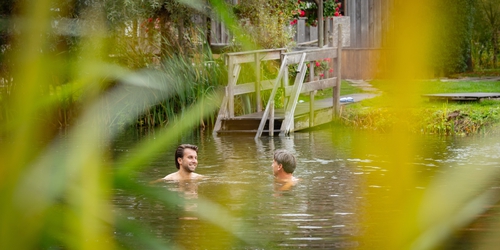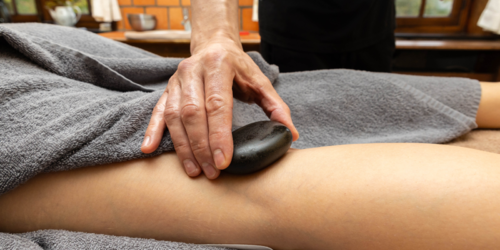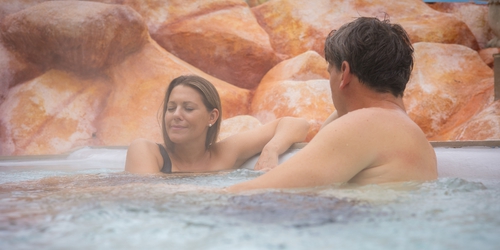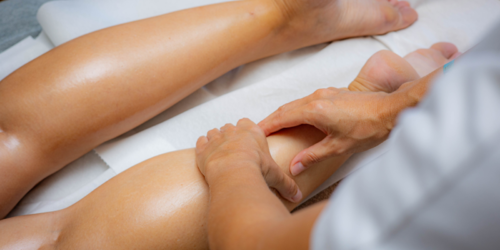
Winter Dive: start 2026 with fresh energy
- Sauna experience
Start the new year feeling recharged and invigorated during our New Year’s Dive at Thermae Grimbergen on 3 January.

- Sauna experience
Start the new year feeling recharged and invigorated during our New Year’s Dive at Thermae Grimbergen on 3 January.

- Beauty
Have you always wanted to try a Hot Stone Massage but you are not sure what to expect? We tell you all you need to know!

- Saunavacation
The Christmas holidays are the ideal moment to take a breather. A sauna day at Thermae Grimbergen brings peace, warmth and renewed energy. Discover why a wellness break during the festive season is just what you need.

- Sauna experience
It’s the most wonderful time of the year , as the song goes, but the Christmas holidays are often quite frantic too. Family visits, Christmas dinners and gift shopping … Treat yourself to a massage this festive season at Thermae Grimbergen . Let go of your stress, recharge and throw yourself into the magic of this special time of year with lots of Yuletide cheer!